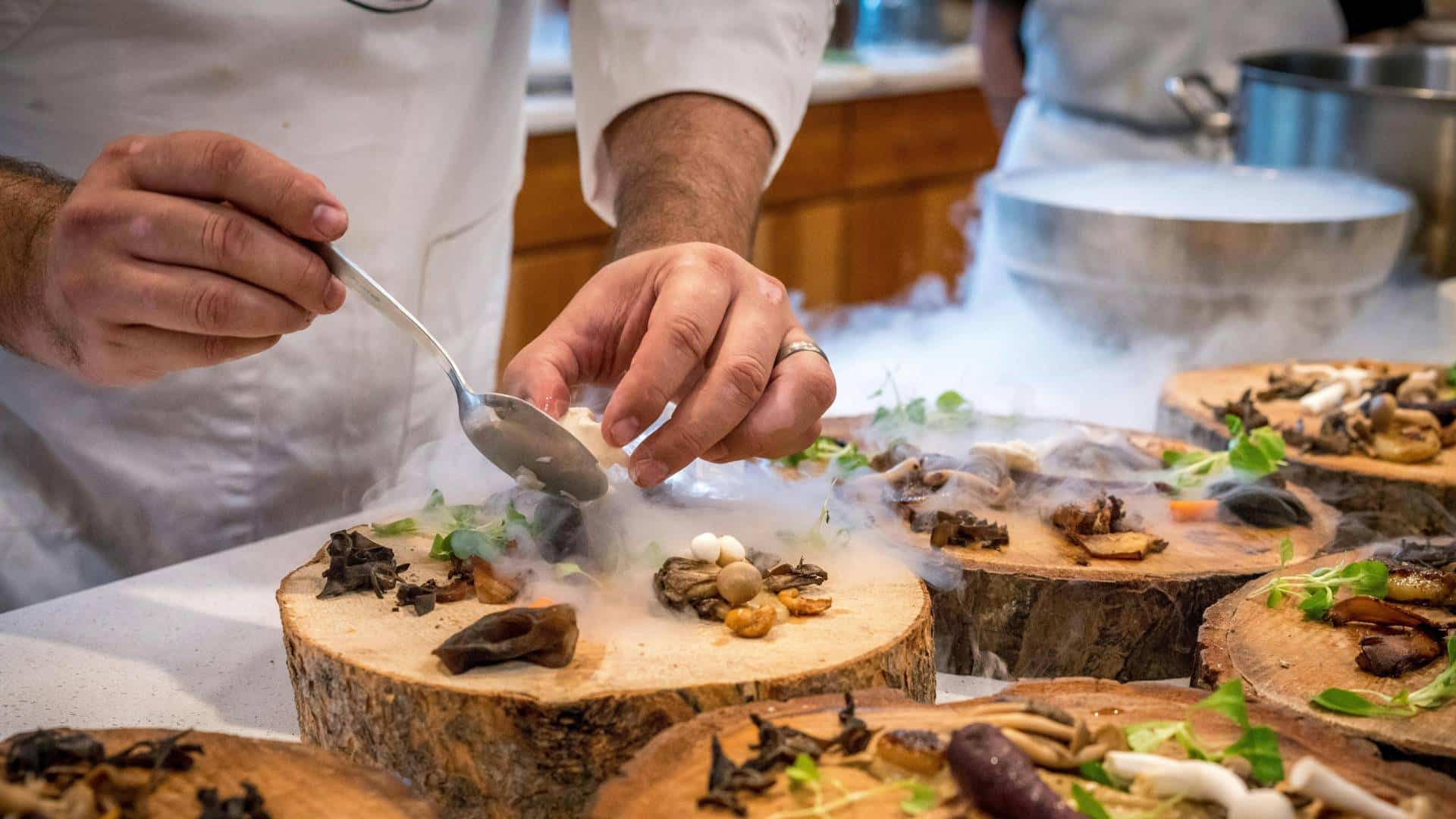
Ever taste something and think: how did the chefs make it taste that good? It’s probably not just salt or spice—it’s layers. Chefs don’t just season food. They build flavor like a playlist, adding depth, balance, and surprise. But here’s the good news: you don’t need culinary school to do it.
Learning how to layer flavors can take your meals from basic to restaurant-worthy. Grab your wooden spoon because you are about to break it down into simple flavor-building tricks.
Start With Aromatics
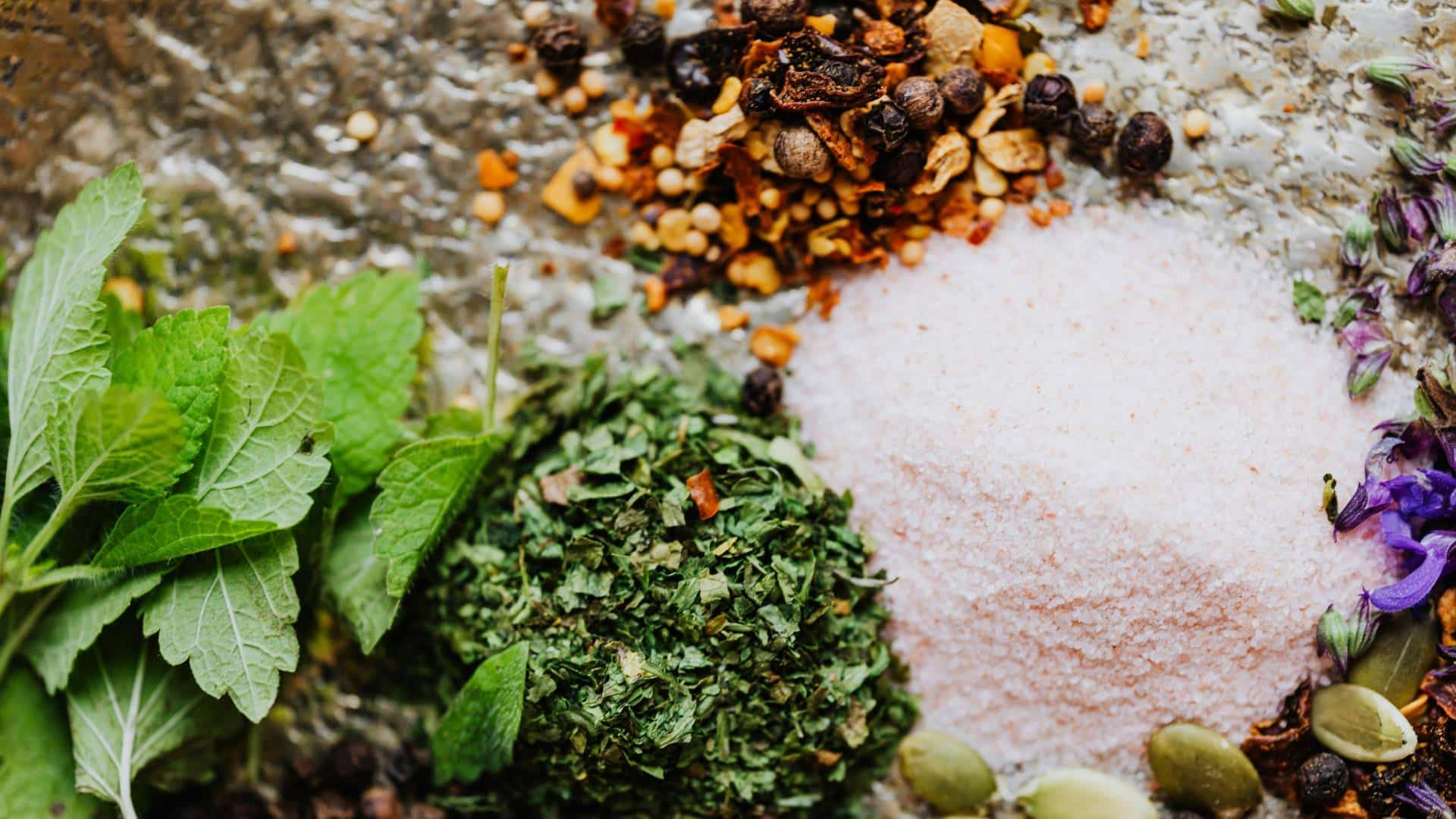
Before tossing anything else in the pan, get your aromatics sizzling. Think onions, garlic, ginger, or even leeks. When cooked in oil or butter, they unlock rich, savory base notes that set the mood for the whole dish.
Don’t rush this step. Let them soften and get golden. You’re not just sweating onions—you’re building the opening act to your food’s entire storyline.
Don’t Underestimate Salt
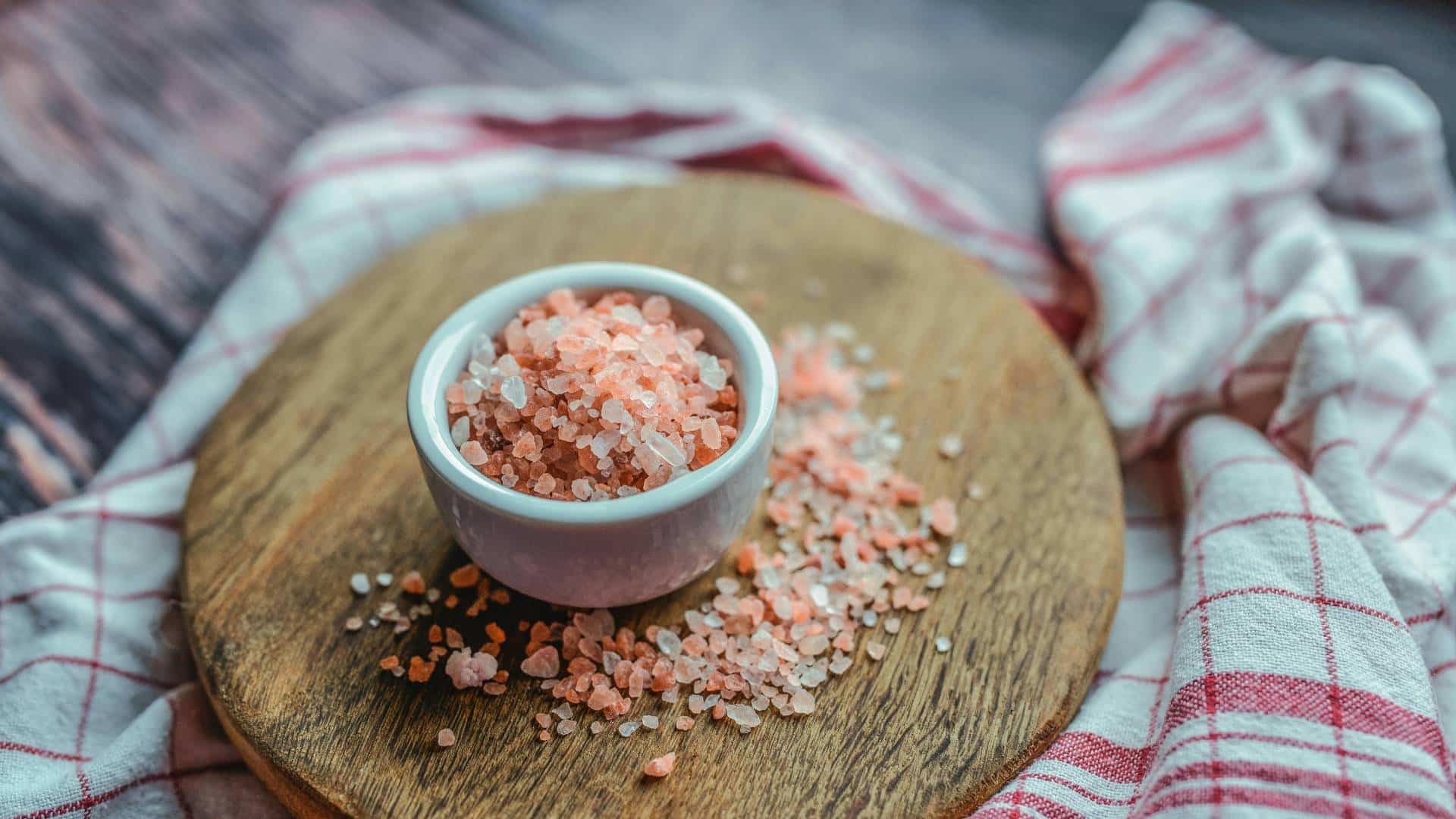
Salt isn’t just a seasoning. It’s a magnifier. It lifts sweetness, tames bitterness, and balances acidity. The trick is to salt as you go, not just at the end.
Add a little when you sauté. A touch more when you simmer. Taste constantly. Think of salt as your editor—not the star, but the one who makes every other flavor shine.
Add Acidity for Brightness
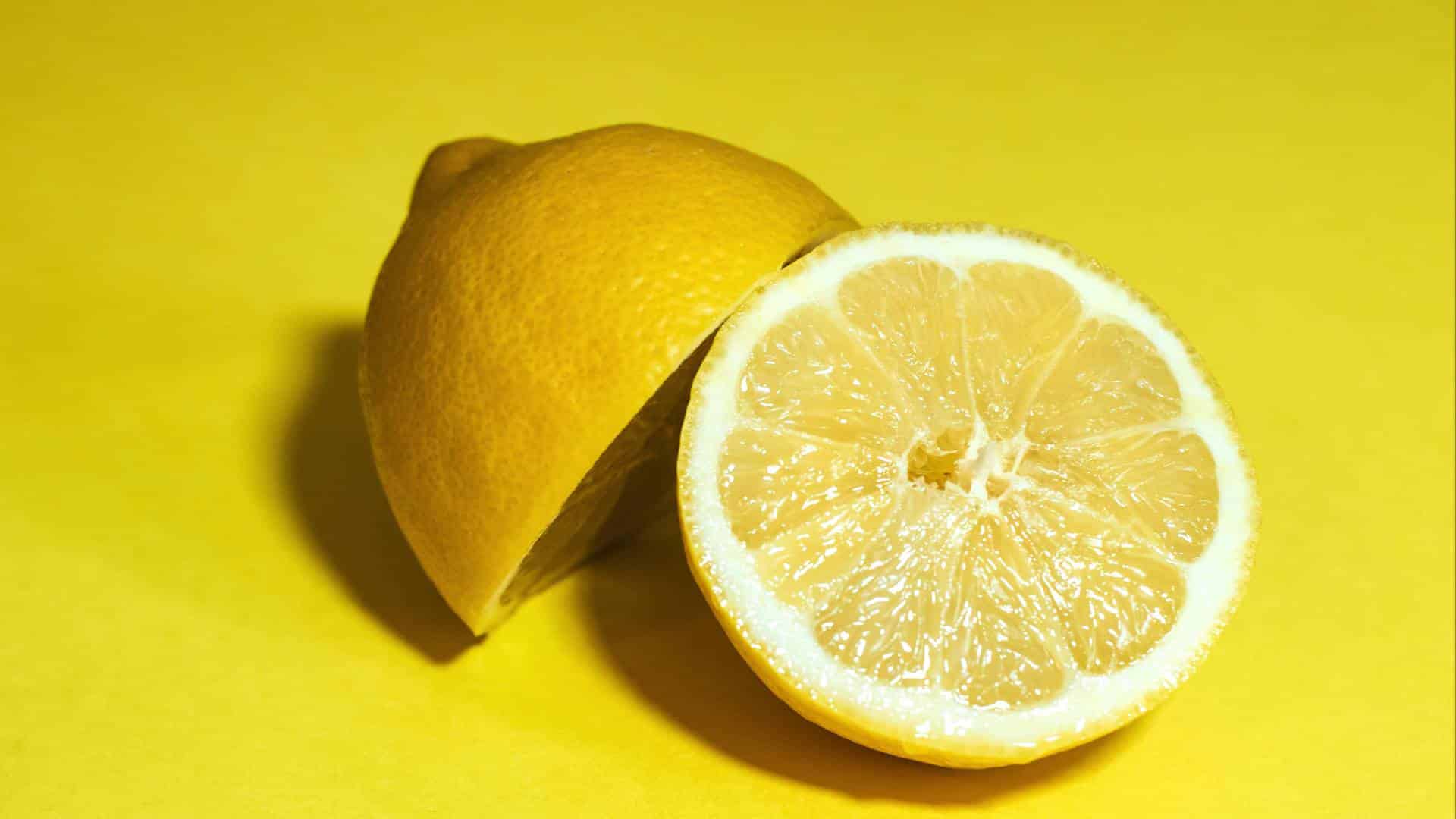
When a dish feels flat, it often needs acid. A splash of lemon juice, a dash of vinegar, or even a spoonful of yogurt can wake everything up. Acid brings contrast and balance.
You don’t want the dish to taste sour, just vibrant. Try finishing your meal with a squeeze of citrus or drizzle of balsamic to give it that final sparkle.
Embrace the Power of Umami

Umami is that can’t-stop-eating-this flavor. It’s savory, deep, and rich. You’ll find it in things like mushrooms, tomatoes, soy sauce, Parmesan, and anchovies.
You don’t need a lot. Even a teaspoon of tomato paste or a sprinkle of grated cheese can add an extra dimension that makes people ask for seconds. It’s flavor glue, holding everything together.
Layer with Fresh and Dried Herbs

Dried herbs add depth. Fresh herbs add brightness. Use both strategically. Dried oregano in the beginning? Warm and comforting. A sprinkle of basil at the end? Clean and fresh.
Add woody herbs like thyme and rosemary early so they can infuse. Save delicate ones like parsley or cilantro for the finish. Timing makes all the difference in how herbs hit your taste buds.
Build in Texture, Not Just Taste
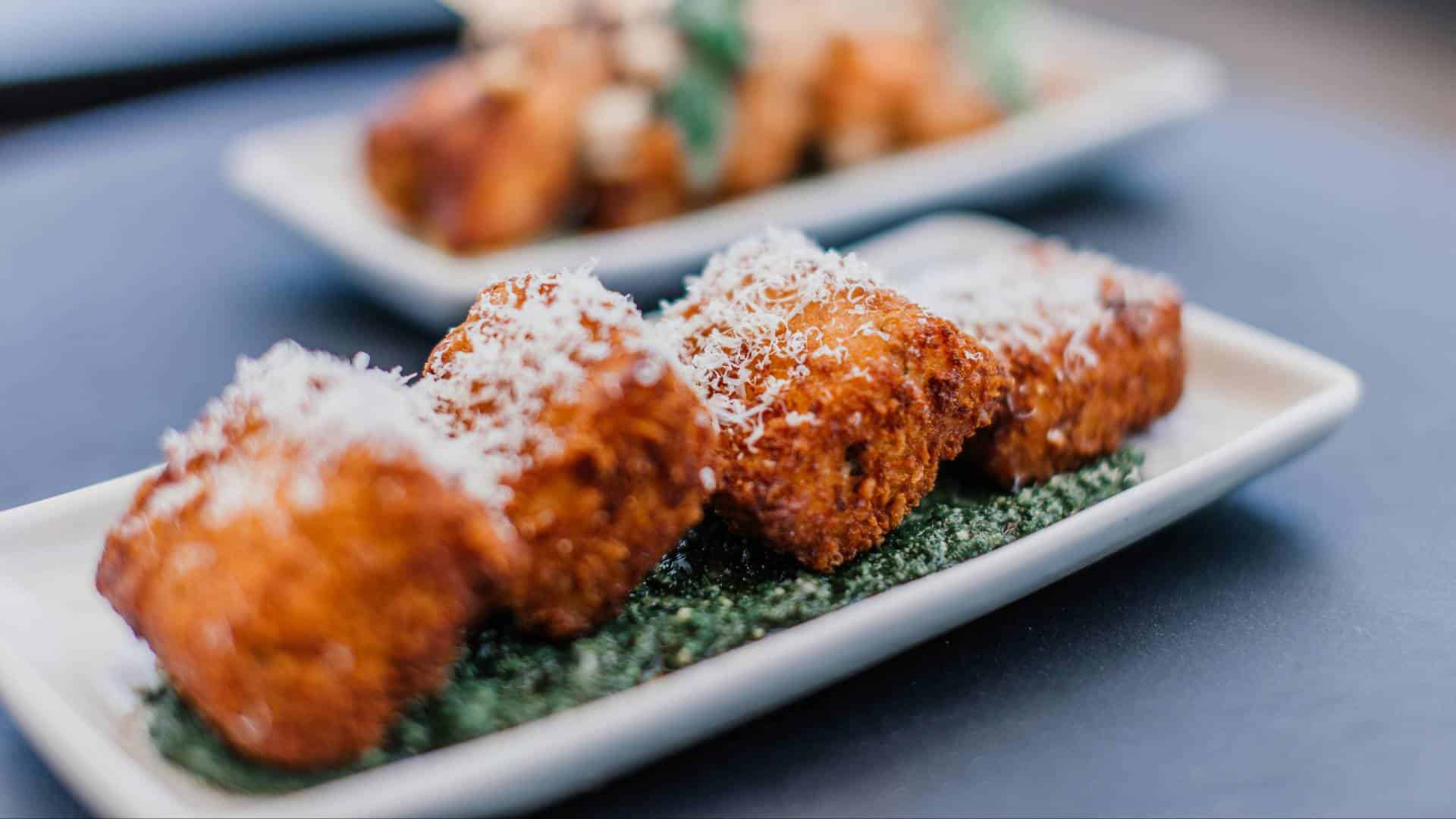
Flavor isn’t just about taste. It’s also about feeling. Creamy mashed potatoes with a crunchy breadcrumb topping. Silky soup with crispy shallots. Think contrast.
Texture gives your mouth something to explore. It helps flavors stand out instead of blending into mush. Next time you cook, ask yourself what can be soft, what can be crisp, and what can surprise.
Let Things Brown
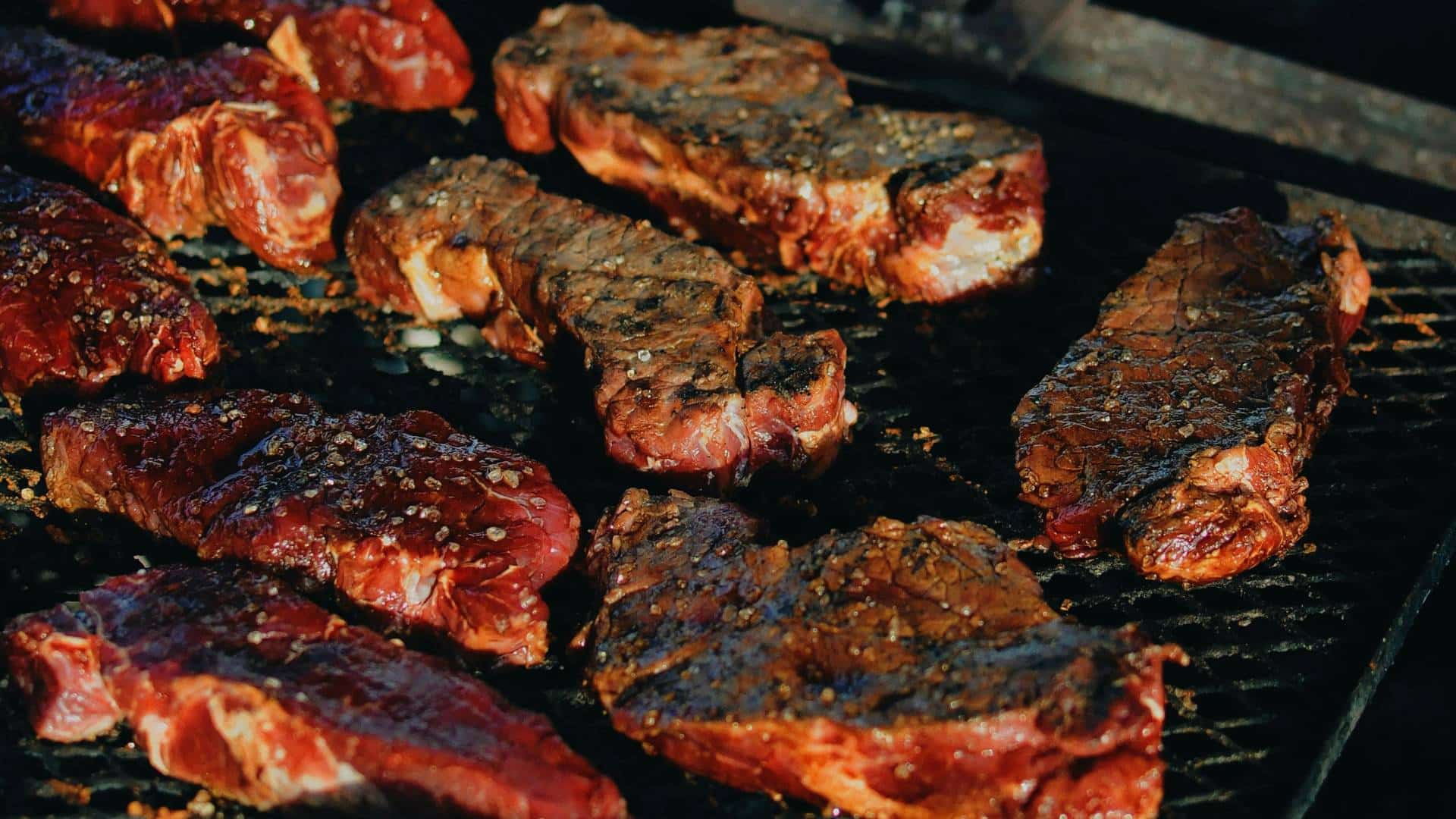
Color equals flavor. Browning meat, veggies, or even tomato paste brings out something magical called the Maillard reaction. It’s what gives steak its crust, onions their sweetness, and toast its charm.
Don’t crowd your pan. Don’t stir too early. Let ingredients sit, sear, and caramelize. That golden color isn’t just pretty—it’s flavor concentrated into each bite.
Taste and Adjust, Always

The best chefs don’t follow recipes blindly. They taste constantly and tweak along the way. Too bland? Add acid. Too sharp? Add a pinch of sugar. Something missing? Maybe a splash of soy or a twist of lemon.
Trust your palate. It’s your best tool. Taste, adjust, repeat. Like editing a draft or tuning a guitar, it’s the tiny tweaks that make everything sing.
Layering flavor isn’t about being fancy.

It’s about paying attention. Starting with a strong base. Building in contrasts. Knowing when to stop and when to add one last pinch.
Next time you cook, think of it like composing a song. Low notes, high notes, harmony, and rhythm. And the best part? You get to eat the encore.
